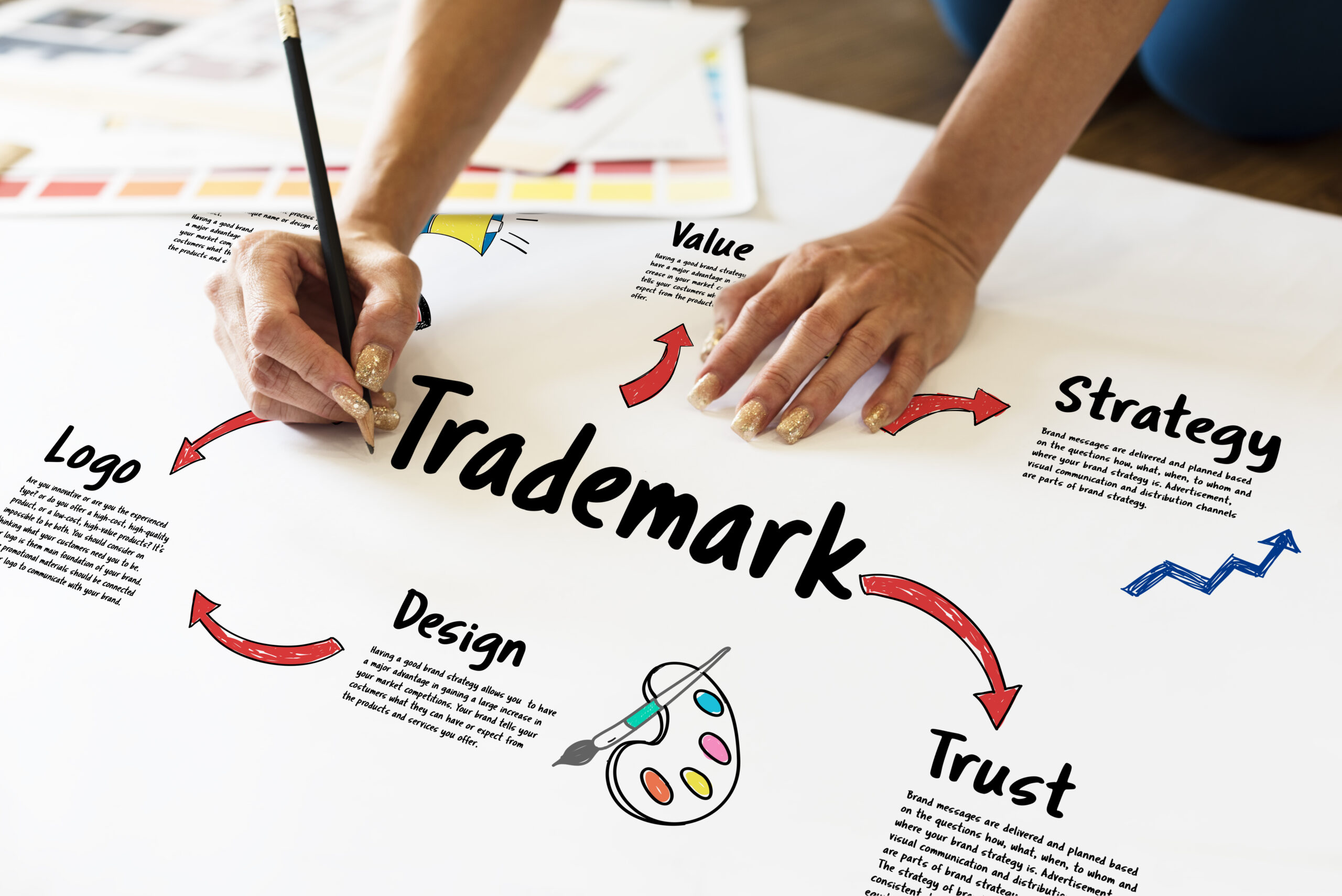
Is a Trademark Valid Internationally? Understanding Global Trademark Protection
Is a Trademark Valid Internationally? Understanding Global Trademark Protection
In an increasingly interconnected world, businesses are expanding their reach beyond national borders, making global trademark protection more important than ever. Understanding whether a trademark is valid internationally and how to protect it across different jurisdictions is crucial for any business looking to safeguard its brand. This article will delve into the complexities of international trademark validity, the processes involved in obtaining global protection, and the significance of trademarks in the global marketplace.
Understanding Trademarks
A trademark is a recognizable sign, design, or expression that identifies products or services of a particular source from those of others. Trademarks are essential for protecting brand identity and ensuring that consumers can distinguish between different offerings in the marketplace.
Types of Trademarks
- Word Marks: These include brand names or slogans.
- Design Marks: Logos and symbols fall into this category.
- Service Marks: Similar to trademarks but specifically identify services rather than goods.
- Collective Marks: Used by members of a collective group or organization.
- Certification Marks: Indicate that goods or services meet certain standards.
The Importance of Trademark Protection
Trademark protection serves several critical functions:
- Brand Recognition: Trademarks help consumers identify and prefer specific brands.
- Consumer Trust: A registered trademark assures consumers of the quality and authenticity of products or services.
- Legal Protection: Trademark registration provides legal grounds to prevent unauthorized use by competitors.
- Market Value: A strong trademark can enhance the overall value of a business, making it more attractive to investors.
Is a Trademark Valid Internationally?
The validity of a trademark is generally territorial, meaning that it is only protected in the country where it is registered. Therefore, a trademark registered in one country does not automatically confer rights in other countries. However, there are mechanisms in place that allow businesses to obtain international trademark protection.
The Madrid System
The Madrid System, administered by the World Intellectual Property Organization (WIPO), provides a streamlined process for registering trademarks internationally. It allows trademark owners to file a single application to protect their mark in multiple countries.
Key Features of the Madrid System
- Single Application: A single application can cover multiple countries that are members of the Madrid Protocol.
- Centralized Management: Trademark owners can manage their registrations through WIPO, including renewals and modifications.
- Cost-Effective: The system reduces costs associated with filing separate applications in each country.
Duration and Renewal
International trademarks registered under the Madrid System are valid for ten years from the date of registration. They can be renewed indefinitely for additional ten-year periods. However, the validity of an international registration depends on the continued validity of the basic trademark in its home country for five years.
Examination Process
Once an international application is filed through the Madrid System:
- Formal Examination by WIPO: WIPO checks that the application complies with formal requirements.
- National Examination: Each designated country conducts its examination based on local laws and existing trademarks within 12 to 18 months.
- Notification of Decisions: WIPO informs applicants about decisions made by national offices regarding their trademark applications.
Limitations of International Trademark Protection
While the Madrid System simplifies international registration, there are limitations:
- Territorial Nature: The protection granted is still subject to national laws; if a country refuses protection based on local laws or prior rights, the trademark will not be valid there.
- Use Requirements: Some countries require proof of use within specific timeframes after registration to maintain protection.
Global Trademark Protection Strategies
For businesses seeking international trademark protection, several strategies can be employed:
- Conduct Comprehensive Searches: Before applying for international registration, conduct thorough searches to ensure no conflicting trademarks exist in target markets.
- Utilize Local Counsel: Engage local attorneys who understand specific jurisdictional requirements and can navigate local laws effectively.
- Monitor Market Activity: Regularly monitor markets for potential infringements and take action when necessary to protect your brand.
- Educate Employees: Ensure that employees understand the importance of trademarks and how they should be used within marketing materials.
Table: Comparison of Trademark Registration Processes
| Aspect | National Registration | International Registration (Madrid System) |
|---|---|---|
| Application Process | File with national office | File one application with WIPO |
| Duration | Varies by country | Valid for 10 years; renewable |
| Examination | National examination | WIPO formalities followed by national examination |
| Cost | Varies; often higher for multiple countries | Generally more cost-effective |
| Territorial Coverage | Limited to one country | Multiple countries under one application |
Conclusion
Understanding whether a trademark is valid internationally involves navigating complex legal frameworks and utilizing systems like the Madrid Protocol for effective global protection. While trademarks are inherently territorial, international systems provide businesses with valuable tools to safeguard their brands across borders.As globalization continues to shape business practices, investing in robust trademark protection strategies will be essential for companies looking to thrive in competitive markets.
FAQ Section
Q1: Can I use my trademark internationally without registration?
A1: No, trademarks are territorial; you must register your trademark in each country where you seek protection.
Q2: How long does it take to register an international trademark?
A2: The process can vary but generally takes about 12 to 18 months after filing through WIPO due to national examinations.
Q3: What happens if my international trademark application is refused in a designated country?
A3: You will receive notification from WIPO, and you may need to address any refusals directly with that country’s trademark office.
Q4: Do I need to prove use of my trademark internationally?
A4: Yes, some countries require proof of use within specific timeframes after registration to maintain your rights.For further information about international trademark systems and regulations, you can refer to Wikipedia – Trademark.
